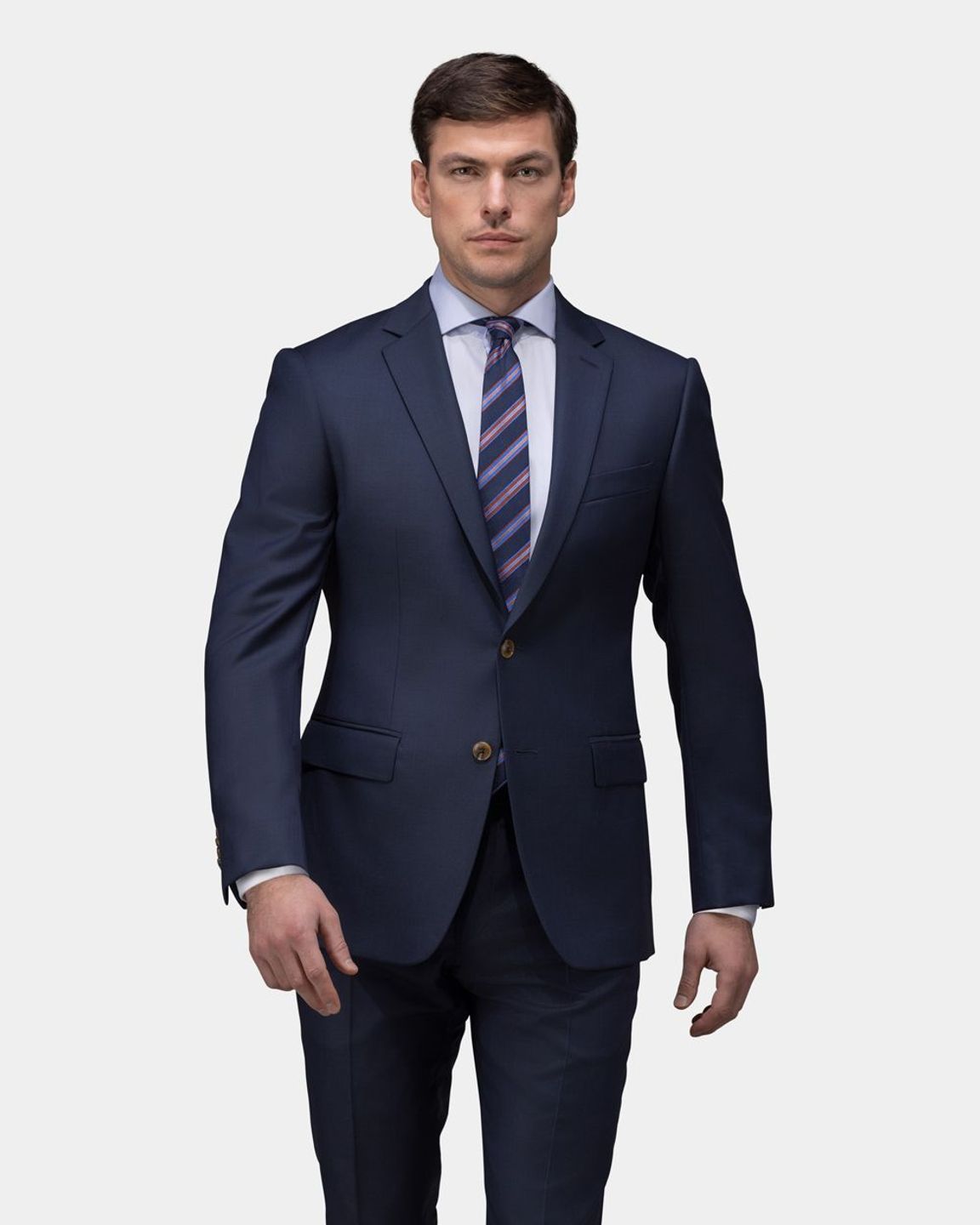Comprehending the Tailoring Refine: From Material Option to Last Suitable for the Suitable Wardrobe
The tailoring process is a complicated interaction of art and science, beginning with the crucial decision of textile option and culminating in the precise modifications of final fittings. Each material kind brings one-of-a-kind qualities that affect not just the visual charm however likewise the garment's durability and suitability for various celebrations.
Value of Material Selection
Choosing the ideal material is vital in the customizing process, as it directly affects the convenience, longevity, and overall visual of the last garment. The selection of fabric sets the structure for the garment's performance, functionality, and style. Various fabrics possess distinct buildings, such as breathability, stretch, and weight, which can substantially affect just how the garment drapes and fits the body.

A customized piece made from a suitable material not only showcases workmanship yet also boosts the user's confidence. Subsequently, comprehending the subtleties of fabric selection is paramount for any kind of customizing undertaking. It makes sure that the last product not only satisfies the visual desires of the client however likewise aligns with practical demands, thus achieving an unified equilibrium in between kind and function in the customized closet.
Kinds Of Fabrics and Their Uses
Understanding the various kinds of fabrics available is important for making informed decisions throughout the customizing procedure. Each fabric has one-of-a-kind attributes that dictate its suitability for particular garments and events.
Cotton, recognized for its breathability and softness, is ideal for sportswear and summertime clothes. Its adaptability permits it to be tailored right into whatever from t-shirts to gowns. Wool, on the other hand, is preferred for its warmth and framework, making it a superb choice for official suits and outerwear. Its natural flexibility aids garments maintain shape gradually.
Silk exudes deluxe and is lightweight, making it ideal for eveningwear and delicate blouses; nonetheless, it calls for cautious handling due to its delicacy. Bed linen, with its textured coating, is a prominent selection for warm environments, offering a crisp and ventilated feel, but it wrinkles quickly, which might impact the garment's look.
Synthetic fabrics, such as polyester and nylon, offer sturdiness and resistance to wrinkles, making them appropriate for day-to-day wear and active apparel. Understanding these textile types and their homes permits far better decision-making, making certain that each customized item not just fits well however also lines up with the designated function and event.
The Tailoring Methods Discussed
The art of customizing counts on a variety of strategies that change material into well-fitted garments. Central to this process is pattern preparing, where a tailor develops layouts based upon the customer's measurements and wanted design. This first action guarantees that the garment will fit the user appropriately before any kind of cutting occurs.
When patterns are developed, cutting strategies enter into play. Precision is vital as errors can bring about misfitting garments. Tailors frequently use different reducing approaches, such as single-layer reducing for detailed styles and multiple-layer reducing for effectiveness on conventional patterns.
Basting is an additional essential strategy, permitting tailors to temporarily stitch material assemble for an initial installation (wedding suits perth). This approach supplies the possibility to analyze the drape and total shape prior to last stitching
Seaming techniques, including flat-felled joints and French joints, boost the garment's durability and aesthetic allure. Tailors also use strategies such as interfacing and cushioning to supply framework and form to certain locations, like collars and shoulders.
Finally, ending up methods, including hemming and edge ending up, make certain the garment's long life while giving a refined look. With each other, these strategies form the foundation of reliable customizing, resulting in beautiful, tailor-made garments.

Suitable Changes and Considerations
After the first tailoring strategies have been used and the special info garment is constructed, fitting changes end up being extremely important to accomplishing the excellent fit. These adjustments address different elements of the garment, ensuring it contours to the user's body shape and improves general look.

The rise of trousers is one more critical aspect; it should sit comfortably over the hips without triggering discomfort, enabling simplicity of activity. Hemming lengths for both trousers and skirts need to this post reflect the user's recommended design while appreciating proportions.
Moreover, focus needs to be provided to the rear of the garment, guaranteeing that there are no unsightly pulls or excess material - bespoke tailor perth. Each change must find out this here be diligently thought about, as even small changes can significantly impact the general fit and visual of the customized item, eventually leading to a closet that exudes confidence and sophistication
Keeping Your Tailored Apparel
Appropriate maintenance of tailored garments is necessary to preserving their fit and look over time. To ensure durability, regular cleaning is extremely important. Always comply with the treatment tag guidelines, which might suggest completely dry cleaning for fragile fabrics or maker washing for more sturdy materials. Stay clear of frequent laundering, as this can wear down the fabric and alter the garment's shape.
Storage space is equally crucial; use padded hangers for coats and layers to maintain shoulder structure, and store pants folded nicely or hung to avoid creasing. Safeguard garments from direct sunshine, which can discolor shades and damage fibers.
Additionally, periodic inspections for minor repairs can prevent larger issues. Look for loosened switches, fraying joints, or indications of moth damage, dealing with these issues quickly to maintain the garment's honesty.
Finally, take into consideration seasonal rotation. Using tailored pieces in small amounts allows fabrics to recover, extending their life expectancy. By executing these maintenance techniques, you can make certain that your tailored garments continue to be as excellent as the day you first wore them, improving your perfect wardrobe for several years to find.
Verdict
The customizing process, including textile selection, competent techniques, and exact suitable adjustments, plays a crucial duty in developing garments that improve both convenience and design. Understanding the value of upkeep prolongs the life of customized garments, strengthening their value in a well-curated closet.